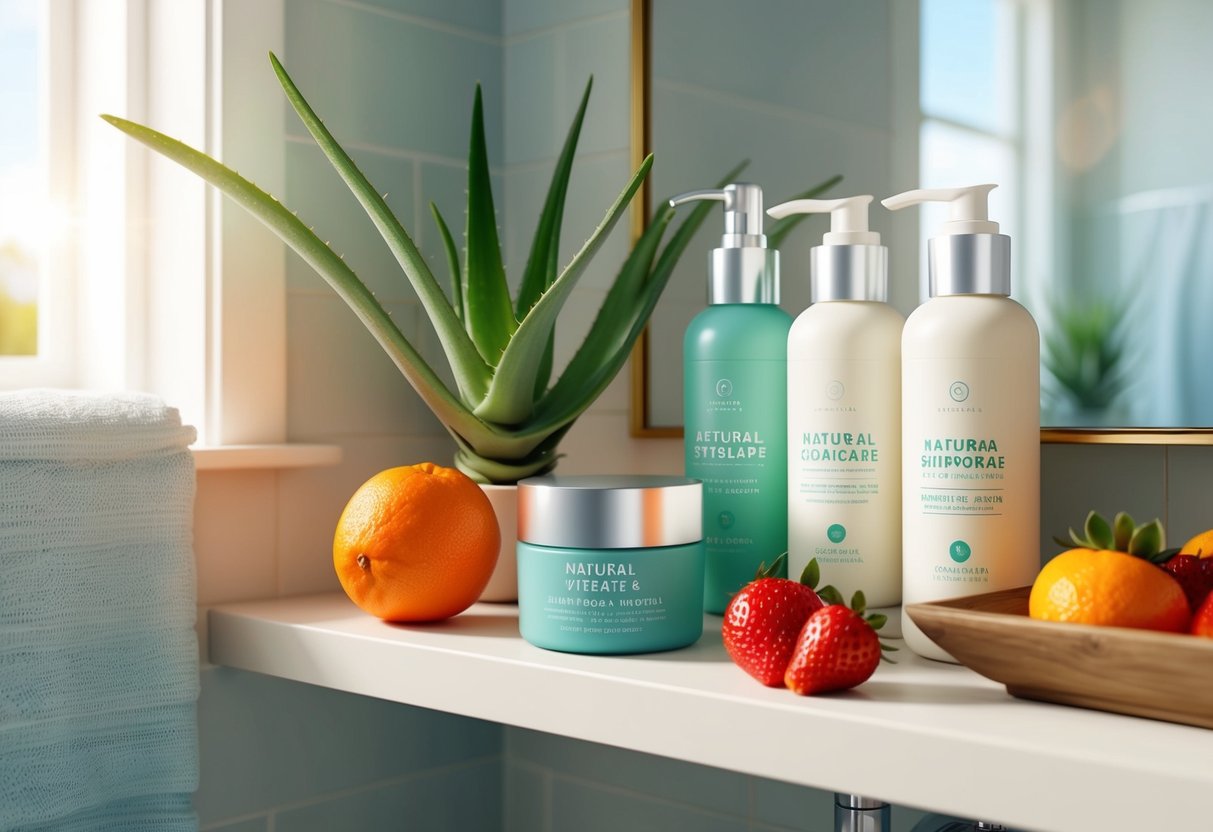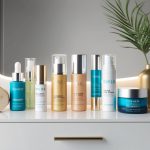Top 10 Beauty Hacks for Glowing Skin Using Everyday Products
Sun Protection from Natural Alternatives
In addition to conventional sunscreens, natural alternatives can boost UV protection. Wearing wide-brimmed hats, sunglasses, and long-sleeved clothing provides a physical barrier against harmful rays.
Staying in the shade during peak sunlight hours—typically between 10 a.m. and 4 p.m.—is another practical strategy. Some natural oils, such as raspberry seed oil and carrot seed oil, offer minimal SPF but should not replace traditional sunscreen.
They may complement other methods for short periods of incidental sun exposure. Antioxidant-rich foods like berries, leafy greens, and tomatoes can also support skin health by neutralizing free radicals caused by UV rays.
When using natural alternatives, it is important to understand they are not as effective as regulated sunscreens for reducing the risk of sunburn, skin cancer, or visible aging signs. Learn more about sun protective habits and routines.
Nighttime Beauty Hacks for Overnight Glow
A glowing complexion can begin overnight with the right evening practices. Simple changes in sleep habits, position, and skincare can noticeably improve skin glow by morning.
Beauty Sleep Habits
Getting enough deep sleep is essential for healthy skin. During sleep, the body produces collagen and repairs cell damage caused by daily stressors like pollution and UV exposure.
Maintaining a consistent bedtime each night optimizes the skin’s renewal cycle and helps prevent dullness and breakouts. Before bed, it is helpful to de-clutter the sleep environment, dim bright lights, and avoid screens to naturally boost melatonin levels, which support cell regeneration.
Some also find that sipping a small glass of water and avoiding salty foods before bedtime can minimize puffiness and promote a more rested appearance. For extra benefit, a silk or satin pillowcase can reduce friction, helping prevent fine lines and breakage of hair for a more refreshed look in the morning.
For additional ideas, check out these bedtime routine tips for glowing skin.
Sleeping on Your Back for Flawless Skin
The way someone sleeps can affect their skin just as much as their products. Sleeping on the stomach or side can cause the face to press against the pillow, increasing the risk of creases, fine lines, and clogged pores.
Consistently sleeping on the back allows skin to breathe more easily and helps maintain its elasticity by reducing friction. A back-sleeping position also discourages the transfer of oils, dirt, and bacteria from bedding onto the skin, which helps prevent potential breakouts.
For those who tend to settle into other positions, try propping a pillow under each arm to make staying on the back more comfortable and reduce tossing. Keeping pillowcases clean and changing them at least twice a week adds another layer of protection for maintaining skin clarity through the night.
Nighttime Skincare Routine
An effective nighttime skincare routine maximizes the skin’s natural overnight repair process. Start by thoroughly cleansing to remove makeup, oil, and pollutants built up during the day.
This step helps unclog pores and preps the skin for product absorption. Applying a gentle exfoliant two or three nights a week can help reveal a brighter complexion.
Next, hydrating serums with ingredients like hyaluronic acid or niacinamide draw moisture in, while a layer of moisturizer locks it in. For targeted care, using a retinol or vitamin C serum can promote cell turnover and boost glow by morning.
Those seeking additional ways to simplify their nighttime rituals can review easy overnight skincare hacks for more ideas.
Reducing Inflammation and Supporting Skin Healing

Reducing inflammation and helping skin heal are crucial steps in achieving a clear, radiant complexion. Everyday kitchen ingredients and simple skincare hacks can support recovery from irritation, target inflammation, and help fade acne marks without harsh chemicals.
Managing Acne, Pimples, and Acne Marks
To manage acne and pimples, ingredients with antibacterial and anti-inflammatory properties are essential. Honey is a gentle spot treatment; it can be dabbed directly onto pimples, where its natural enzymes help reduce redness and limit bacterial growth.
This method supports the skin’s recovery process and is suitable for most skin types. Learn how honey supports healing and diminishes inflammation in this acne spot treatment guide.
Aloe vera gel is another effective option. Its cooling and soothing qualities help calm irritated skin, reduce swelling, and accelerate the fading of acne marks.
For best results, use pure aloe vera gel and apply a thin layer overnight to clean skin. Additionally, using cold compresses like ice cubes wrapped in a clean cloth can temporarily reduce swelling and redness.
Ice constricts blood vessels and lessens inflammation, making it a quick option for calming angry pimples.



